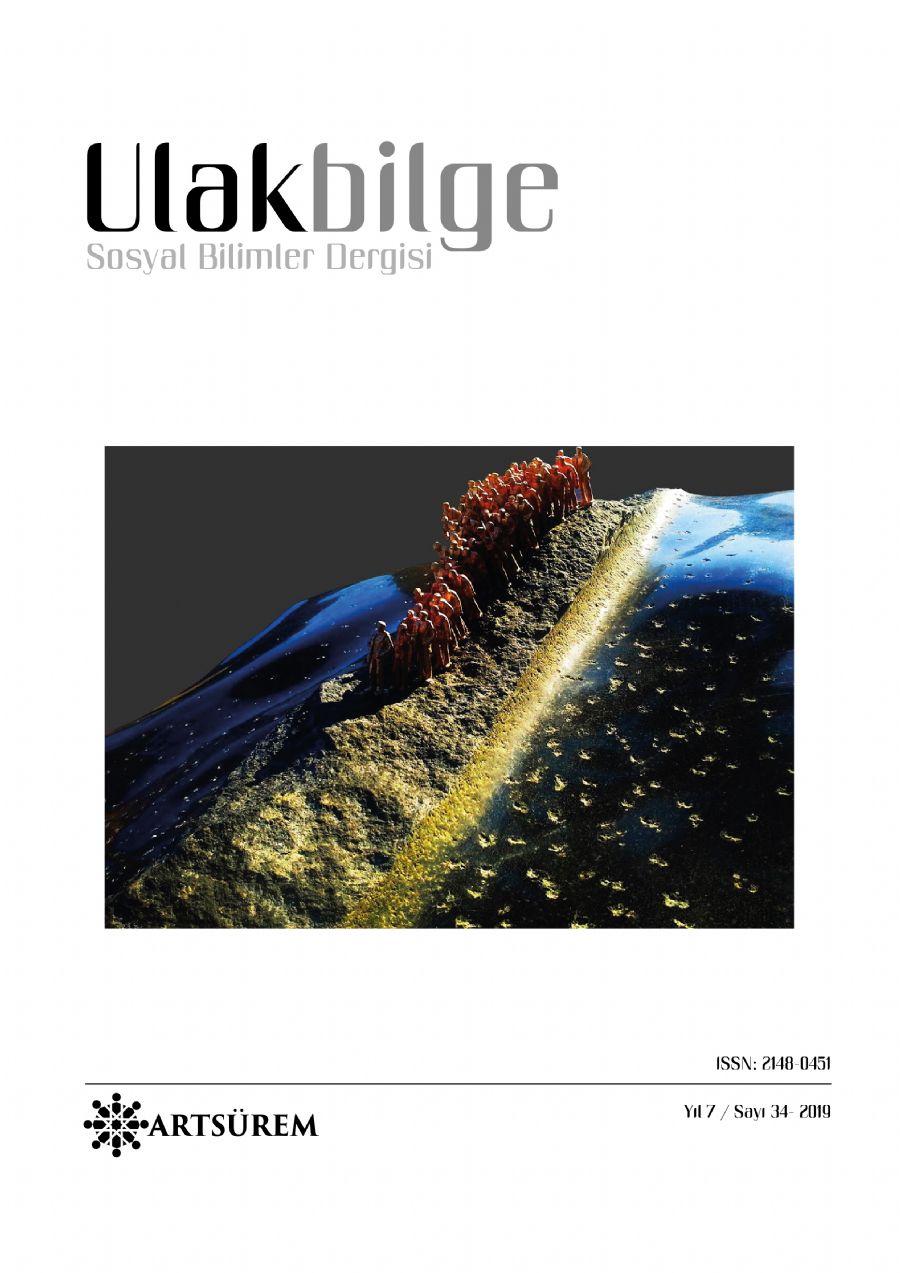INVESTIGATION OF THE USE OF THE FANDANGO IN PONCE’S GUITAR WORKS
INVESTIGATION OF THE USE OF THE FANDANGO IN PONCE’S GUITAR WORKS
Author(s): Adil Koray Barut, Lilian Maria Tonella TüzünSubject(s): Music, Recent History (1900 till today), 19th Century, History of Art
Published by: Sanat ve Dil Araştırmaları Enstitüsü
Keywords: Andalusia; Works for guitar; Manuel Ponce; Fandango; Rhythmic element;
Summary/Abstract: Fandango is an ancient form of dance originating in the region of Andalusia, southern Spain, whose rhythmic structure inspired several composers of different periods and nationalities through the history of music. This study brings to light fandango rhythmic structures applied in selected works, using literary research and data collection techniques. After the literary research, the study limited to investigate the rhythmic structures of fandango used by the Mexican composer Manuel Ponce (1882-1948) in the following works for guitar: Prelude A minor, Theme Varie et Finale, Variations sur “Folia de Espana” et fugue, Prelude E Major, Vespertina, Variations on a Theme of Cabezón and Concerto del Sur for guitar and orchestra. It was noted that the works mentioned were written after the meeting with Spanish classical guitarist Andrés Segovia (1893-1987) whose artistic influence was fundamental for the use of this famous popular dance by the composer. It is concluded that Ponce did not conceive the fandango as a dance, unlike the other composers; he developed a gestural technique of the rhythmic element of the fandango in singular works, thus enriching the classical guitar repertoire.
Journal: Ulakbilge Sosyal Bilimler Dergisi
- Issue Year: 7/2019
- Issue No: 34
- Page Range: 225-237
- Page Count: 13
- Language: English

